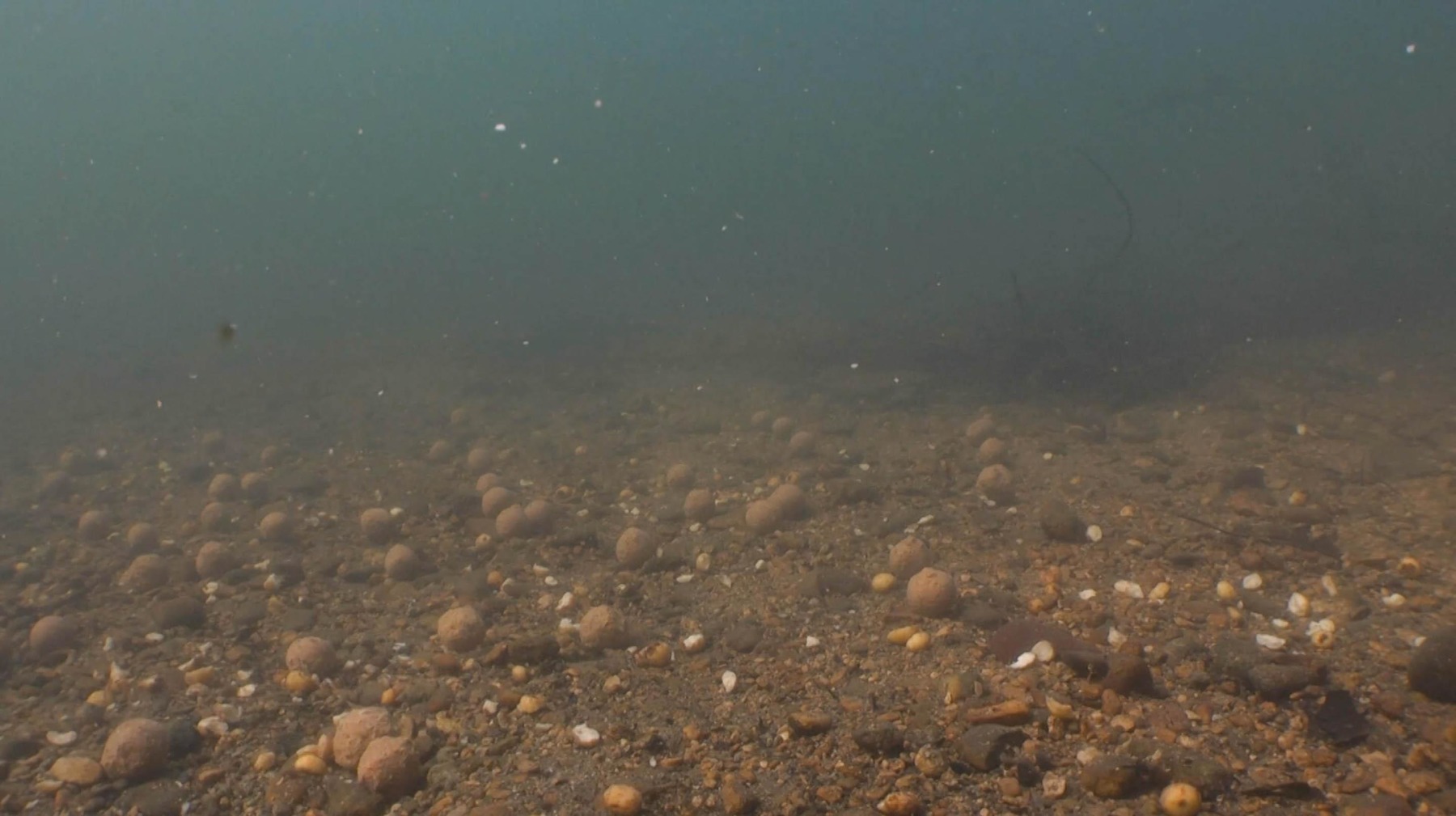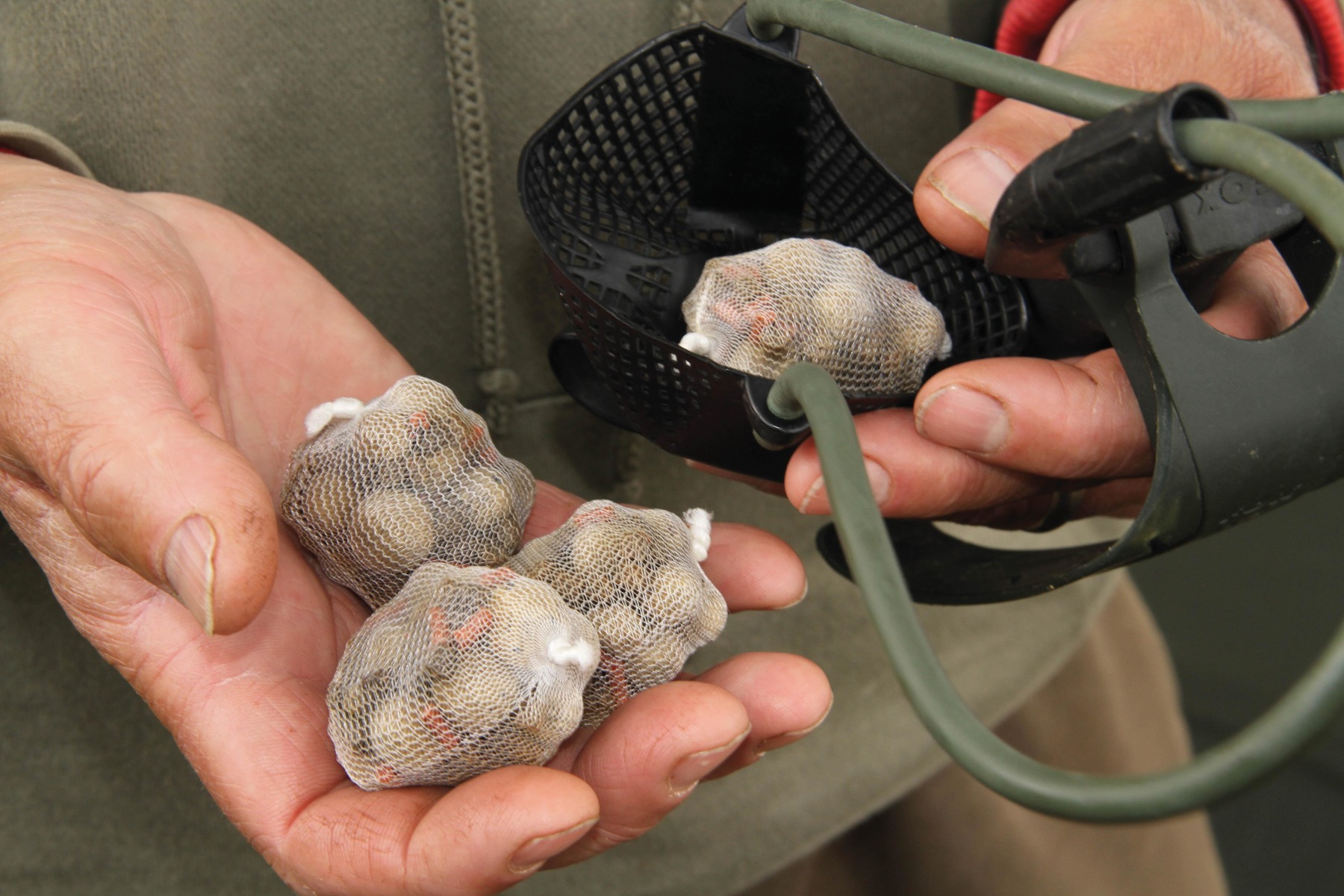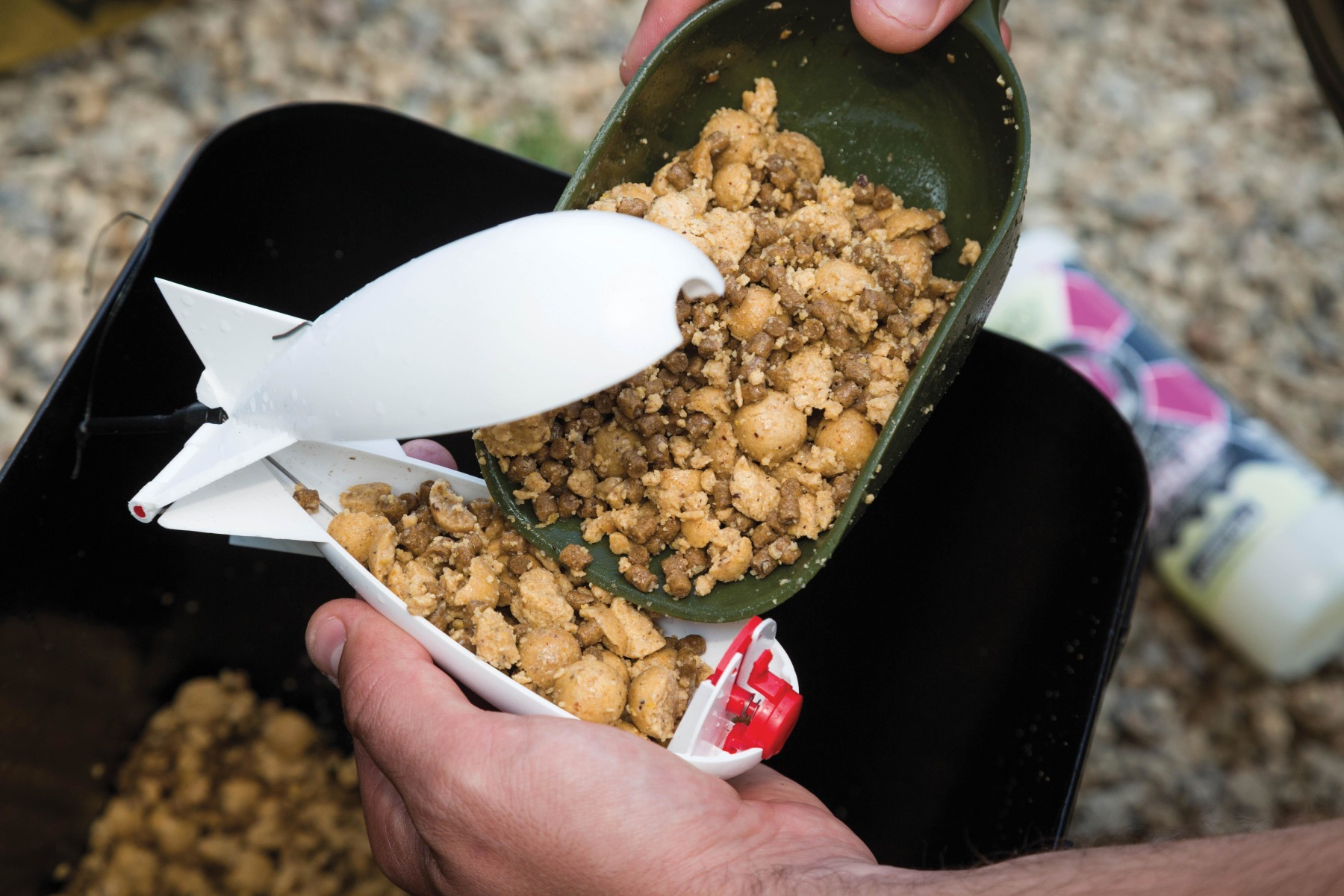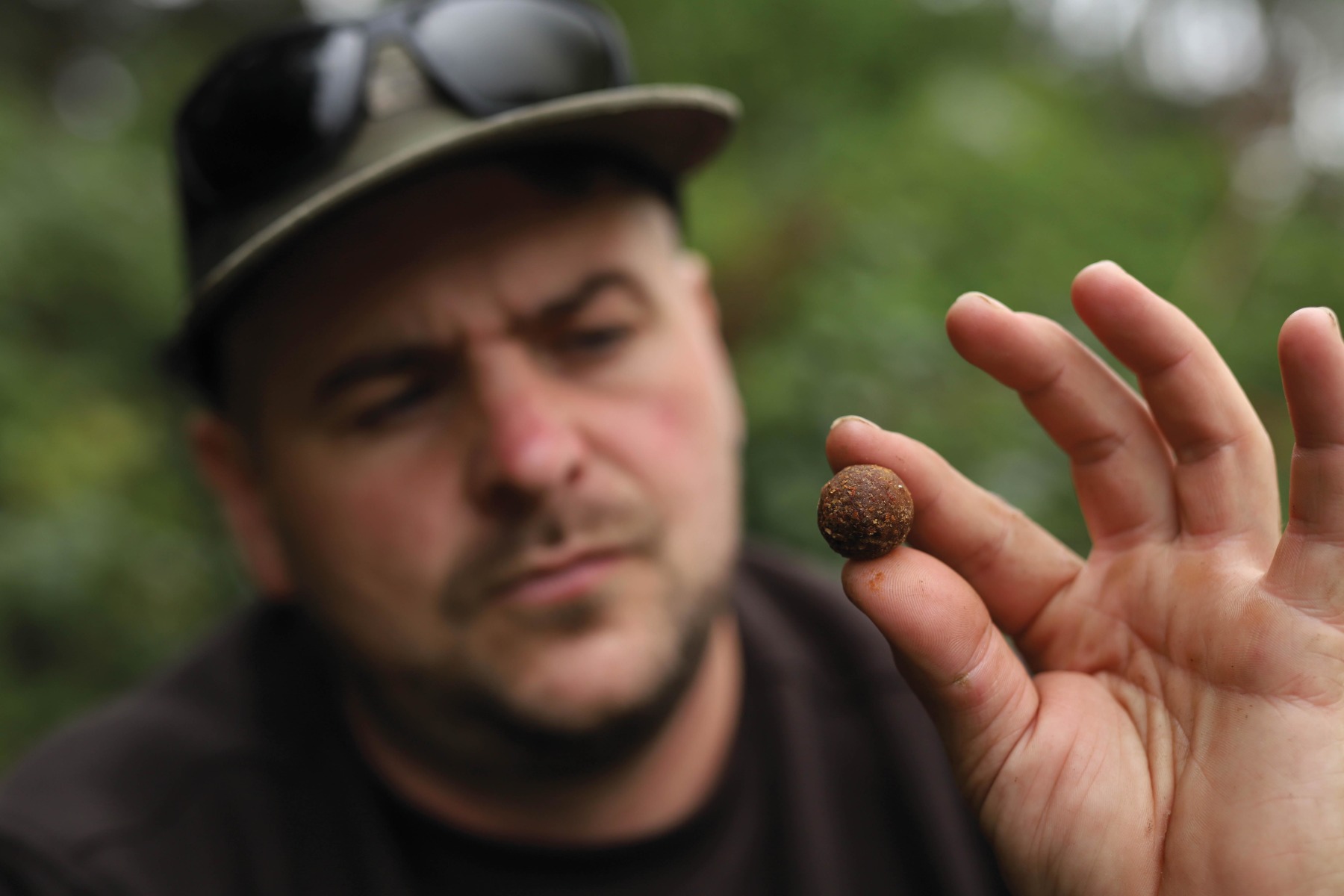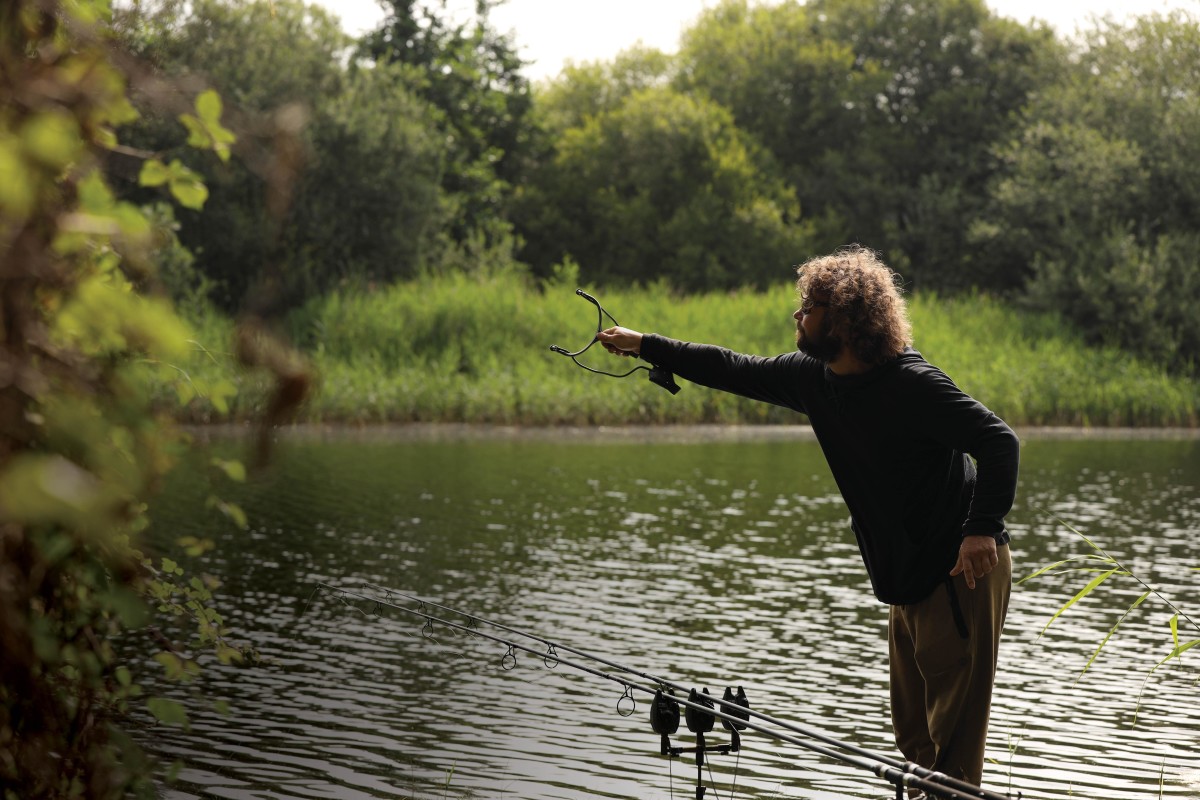
25 Ways To Improve Your Baiting
Bait application can make or break a trip. Get it right, and a red-letter day is on the cards, but it’s easy to blow a good opportunity with inappropriate application.
01. Read the situation
Your application of bait should be governed by the situation in front of you. Various factors need to be considered before you do anything. The time of year, stock, conditions, length of session, venue and a whole host of other variables will influence how you apply free bait.
Place yourself ahead of a session in a featureless swim, on a heavily stocked lake in September. Will a scattering of bits and pieces keep a big shoal of carp feeding, or should you put a decent bed of bait out to hold their interest long enough for you to take advantage?
It’s late February. A few have been caught during the last week and you’ve seen one or two in front of you. They’re obviously coming out of their winter torpor, but do you really want to fill it in with a bucket of particles, or would 20 or 30 baits scattered around be more appropriate?
Don’t switch to autopilot. By thinking about what you are trying to achieve with your baiting, you’re much more likely to get it right.
02. Bait to suit the spot
Different areas call for different baiting. Even in the same swim, you might want to employ different applications on different spots. With two rods fishing a large, clear, gravel plateau, it might be best to spread your freebies all over the feature. A tight hole in the weed, however, would call for a more concentrated pattern.
What about a quick overnighter in a corner swim where you’re hoping to nick a bite from the edge? A couple of handfuls of corn or pellet perhaps, or maybe a solid bag? You wouldn’t dump a kilo of 20mm boilies in the edge, would you?
03. Tight or wide, you decide
Don’t wait until halfway through your baiting before thinking about the spread you want. Decide what you’re aiming to achieve, and bait accordingly. The pattern you choose might be influenced by the type of swim, the spot and the bait itself. Whole boilies tend to lend themselves to a wide spread, whereas mass baiting with particles is better suited to tighter concentrations. Small gravel patches, edges, snags, overhangs and holes in the weed all point towards tighter baiting, whereas bays, big open areas, large plateaus and bars might suggest a wider spread.
04. Bait to the rig
Your bait application will influence the way carp feed. Generally speaking, you wouldn’t want to fish a high, blatant pop-up over a tight patch of bits and pieces, and you’re unlikely to get the best from a spread-bait situation with a tiny hookbait on a three-inch hooklink. Your bait application should suit the rig you are using, and vice versa. In fact, these first four subheadings could all be lumped in together and looked at holistically, with the spot, spread, bait and presentation all chosen so they work in harmony with the given scenario.
05. Stick to the plan
Whether your freebies land on the money or end up all over the place, it’s all too easy to get carried away. You can be tempted into introducing far more bait than you’d originally intended to. ‘Just a few more’ quickly becomes a lot more, and before you know it, it’s too late. You can overcome a tendency to overdo it by hiving off what you want to use on each particular spot, into a separate bucket, pouch or whatever. Once that is empty, it will then be a deliberate, conscious decision to top up the container again, should you so wish.
06. Simplicity
Look at your planned baiting scenario and think about what you are actually trying to achieve. There might be good reason for introducing a mix containing a multitude of ingredients. You might be aiming to cut the cost of bait over a weekend, or perhaps you’re using lots of little items to try and hold carp in an area for an extended period. A lot of the time, though, anglers overcomplicate things and make the situation more difficult than they need to. On waters where the carp are content to feed on whole boilies, these can be the easiest and most effective direction to go in. Not only do they involve much less fuss when introducing bait by hand, or via a throwing stick or catapult, they will encourage carp to feed on precisely what is attached to your hook. This makes it tricky for them to avoid your hookbait. The same principle applies to corn, tigers or anything else you might use.
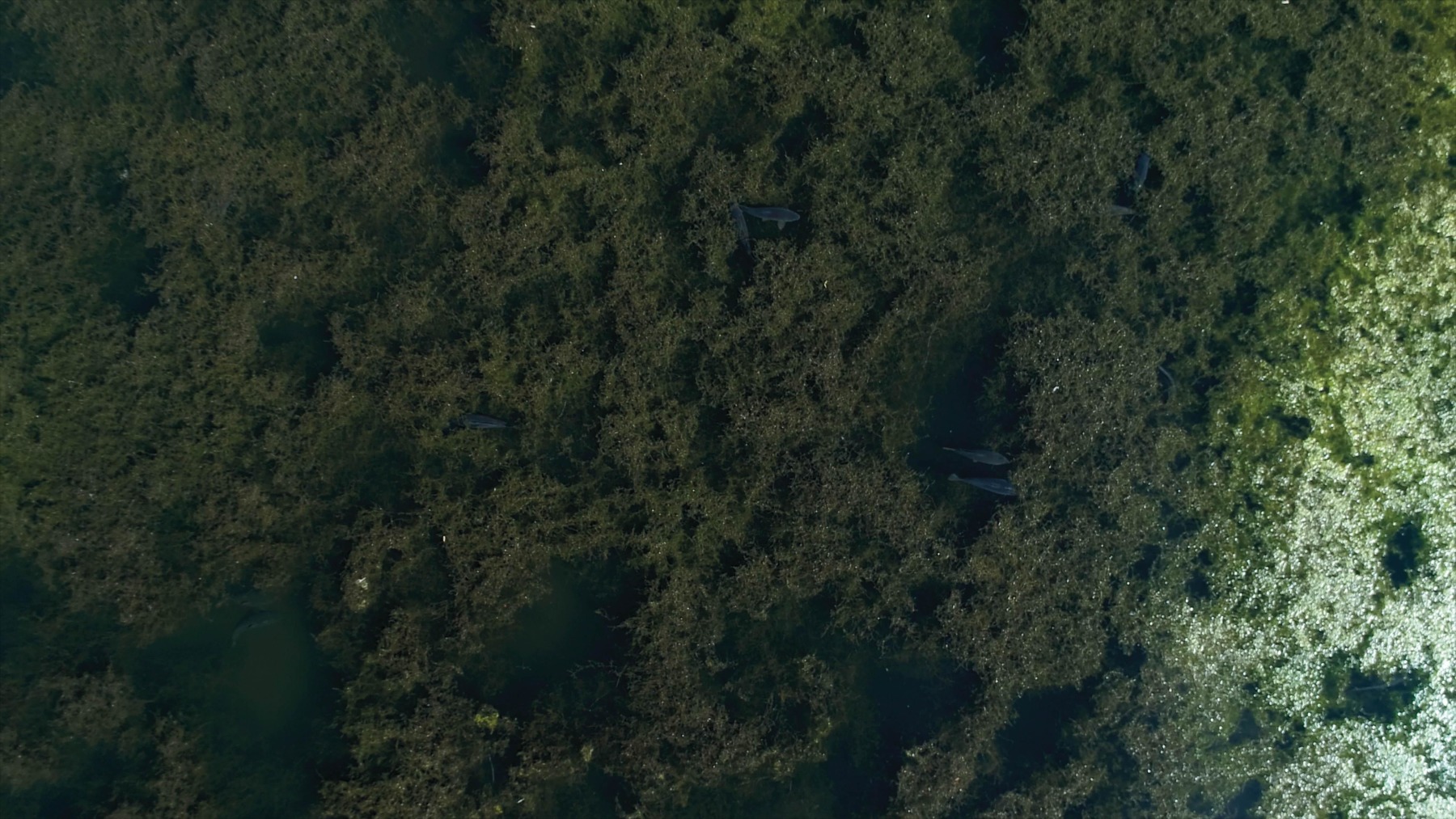
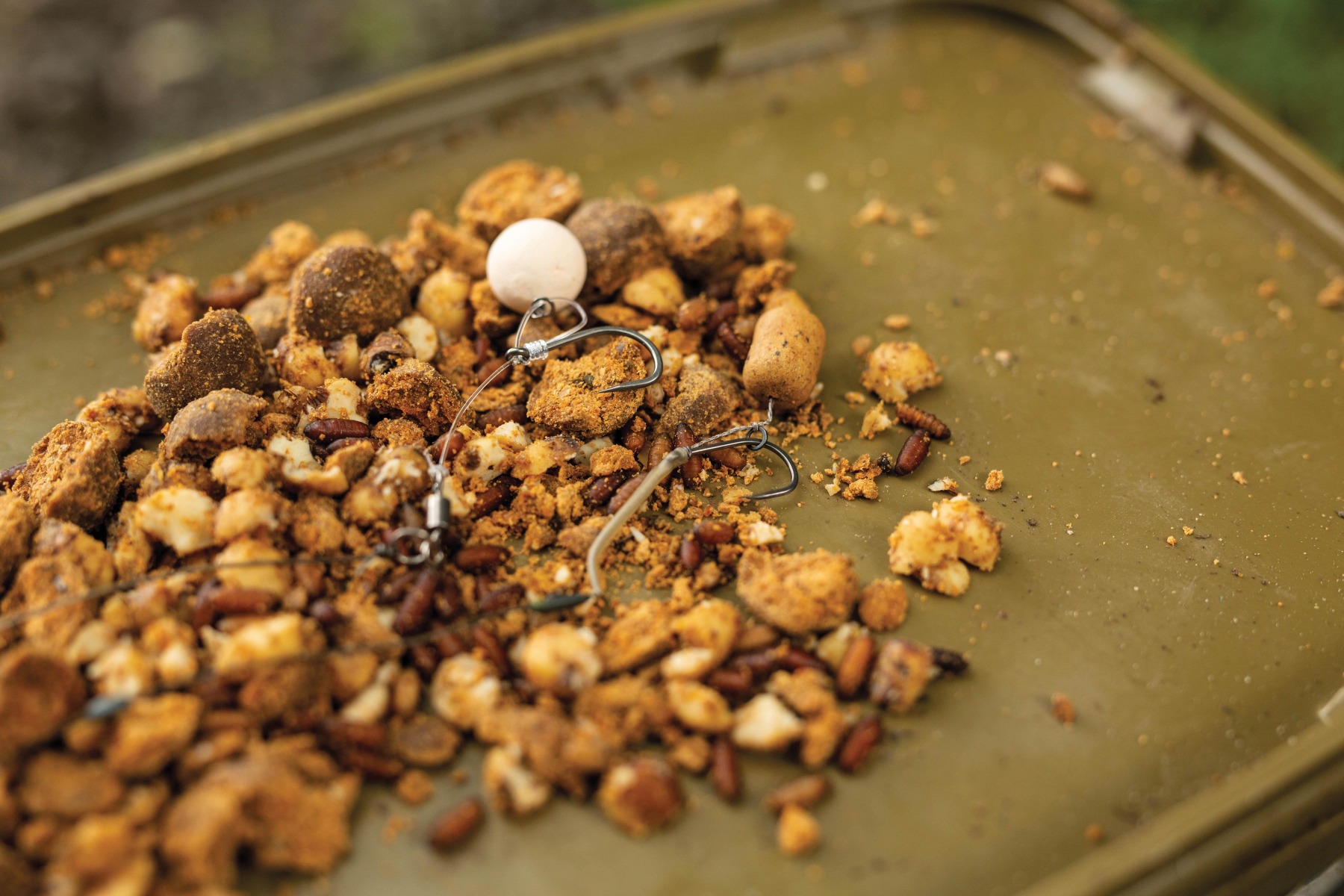
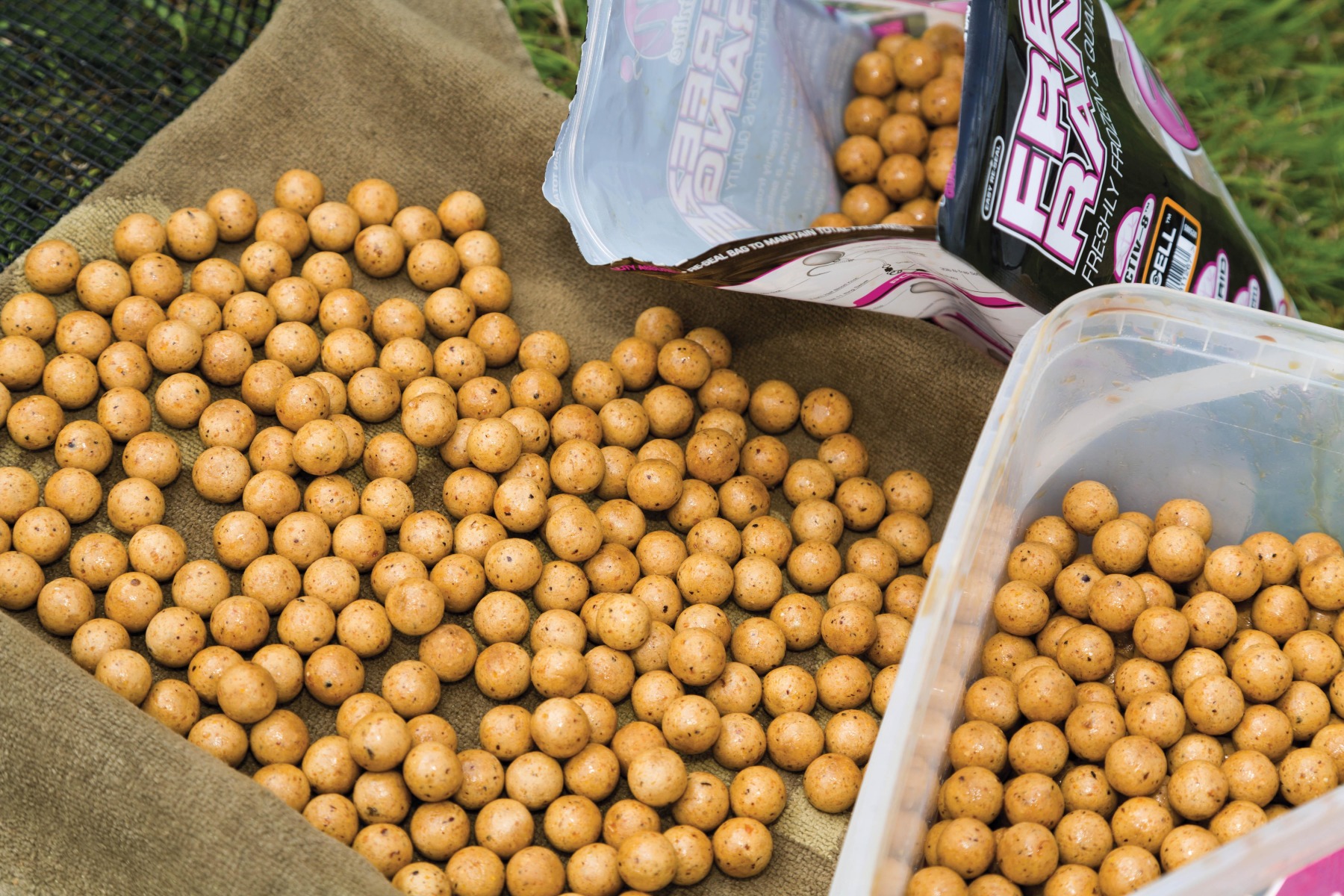
07. Equal measures
It’s not uncommon to see someone with a big bucket of hemp and one tin of corn. It’s no surprise that carp find it easy to feed with impunity and avoid capture. They’re preprogrammed to feed on the most abundant food source, and are likely to become preoccupied on the tiny grains to the exclusion of all else. This can be avoided by ensuring that each element of your mix is included in equal proportions. Whole or chopped boilies, pellet, crumb, hemp, corn and tigers included in similar quantities will give them a veritable feast, without encouraging them to fixate on one particular food item. It will also give you plenty of hookbait options.
08. Consistency brings accuracy
When you’re trying to bait accurately, it’s beneficial to remain as static as possible, with your eyes on the target. Constant bending down or turning your back on the lake will make for hard work and will affect consistency. Having your intended free offerings close to hand is the answer. For catapult or stick work, a baiting pouch provides the ideal receptacle, whilst Spomb work is best done using a raised bucket. There are tripods designed for the job, but if that isn’t your scene, you can hang a bucket from a storm pole, or make your own ‘bucket tower’.
09. One size at a time
If you’re catapulting or throwing bait in by hand, don’t mix different sizes of free offerings. Whole boilies will travel much further than chopped baits, nuts and seeds, while different-sized pellets will go various distances. Mix them together and you’ll create a much bigger area than you might have intended, so introduce them one size at a time in an effort to keep things tight.
10. Spin
Up close and personal, when you’re throwing baits in by hand, watch for the spin. Observe from a tree and you’ll see that, at maximum throwing range, their spin will see boilies come to rest several feet from where they enter the water. Also, we’re not quite as accurate as we might think.
11. Back of the spot
If possible, it’s better to have the majority of your bait behind and to the side of your rigs. It’s not a good idea to encourage your quarry to get their heads in the silt over your lines, so try and deposit most of your feed towards the back of the spot.
12. ‘Hand of God’
A spoon on the end of a landing net pole is rarely seen nowadays, but there can be few quicker or easier ways to get a lot of bait out at relatively close range. Use a short-handled scoop when baiting from a boat to create a more even spread than by hand alone.
13. Carbon sticks
Modern carbon throwing sticks will genuinely give you more range and less arm ache than their metal or plastic predecessors. The internal ridges impart terrific spin to your baits, and this keeps them airborne longer. They are noisier, however, so not ideal for a stealthy, midnight pre-baiting mission.
14. Splitting
When using a stick, soft baits are susceptible to splitting, but there are various things that can help. Air-drying them for 24hrs will make your baits a bit tougher, and more able to withstand the forces exerted on them. Lubrication will help reduce the stick’s grip, but while common wisdom suggests wetting the stick, you’ll find wetting the boilies gives more consistency. Rather than hitting it full pelt, it’s gentler on the baits to start slightly more slowly, before building the power to maximum velocity just before release.
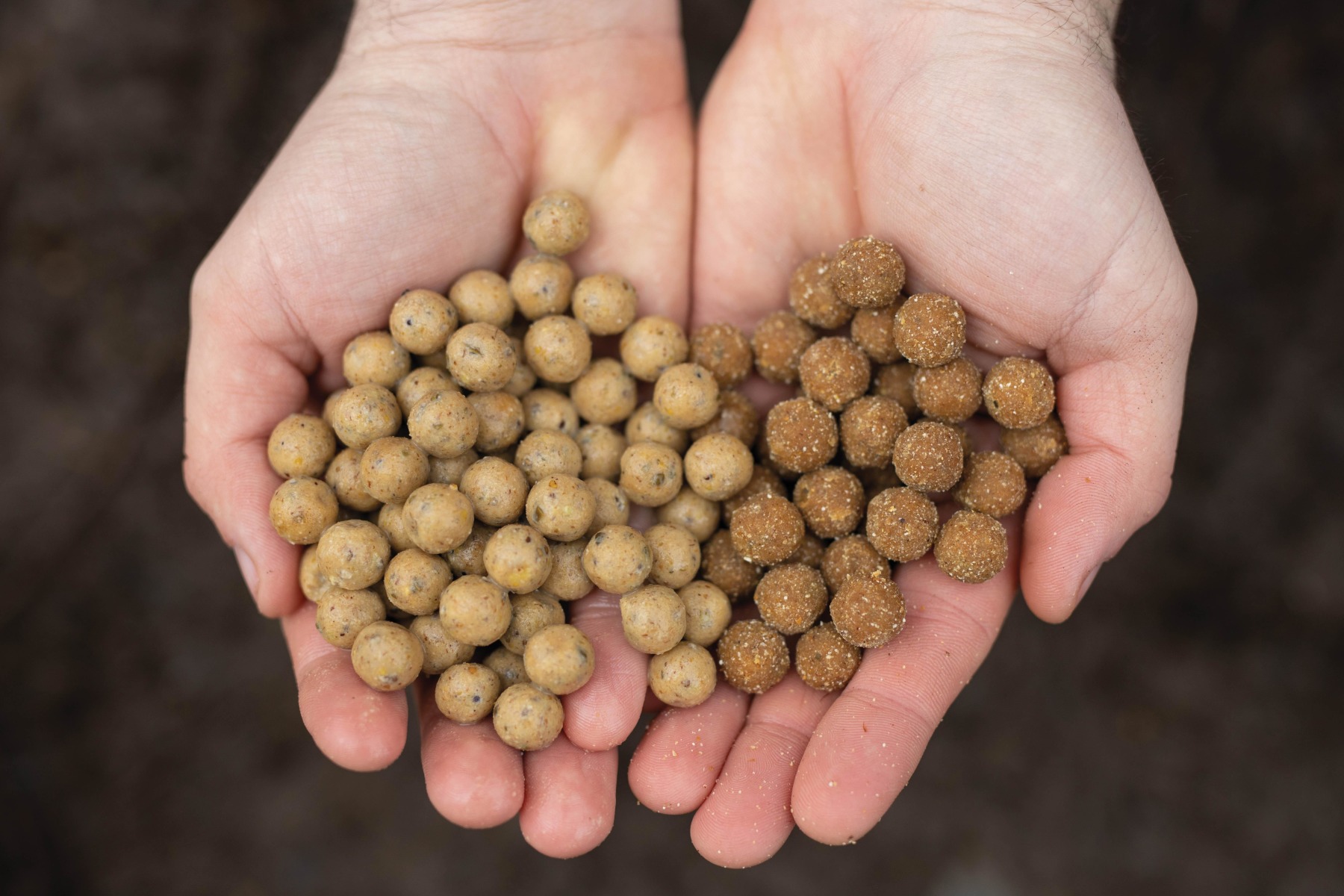
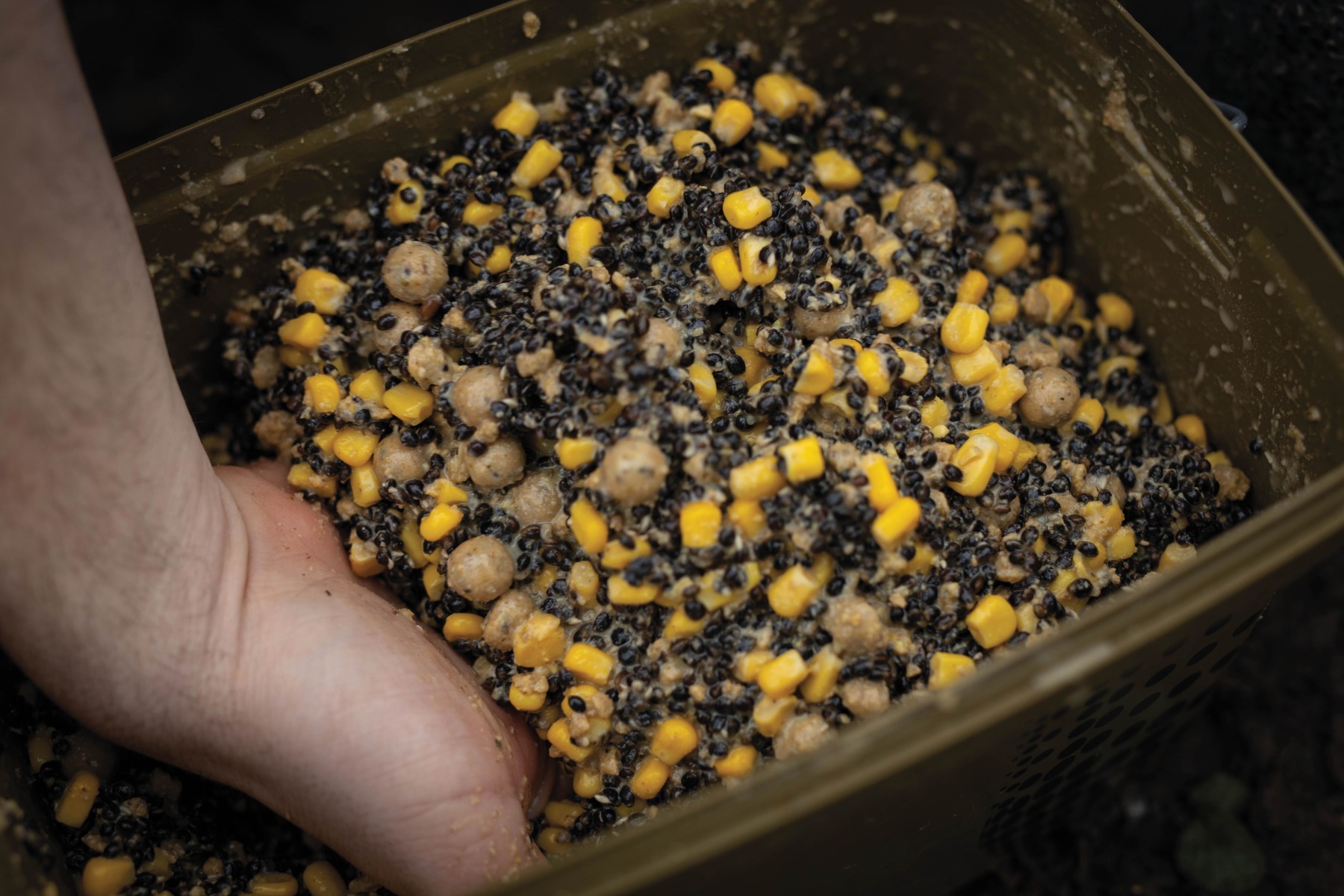
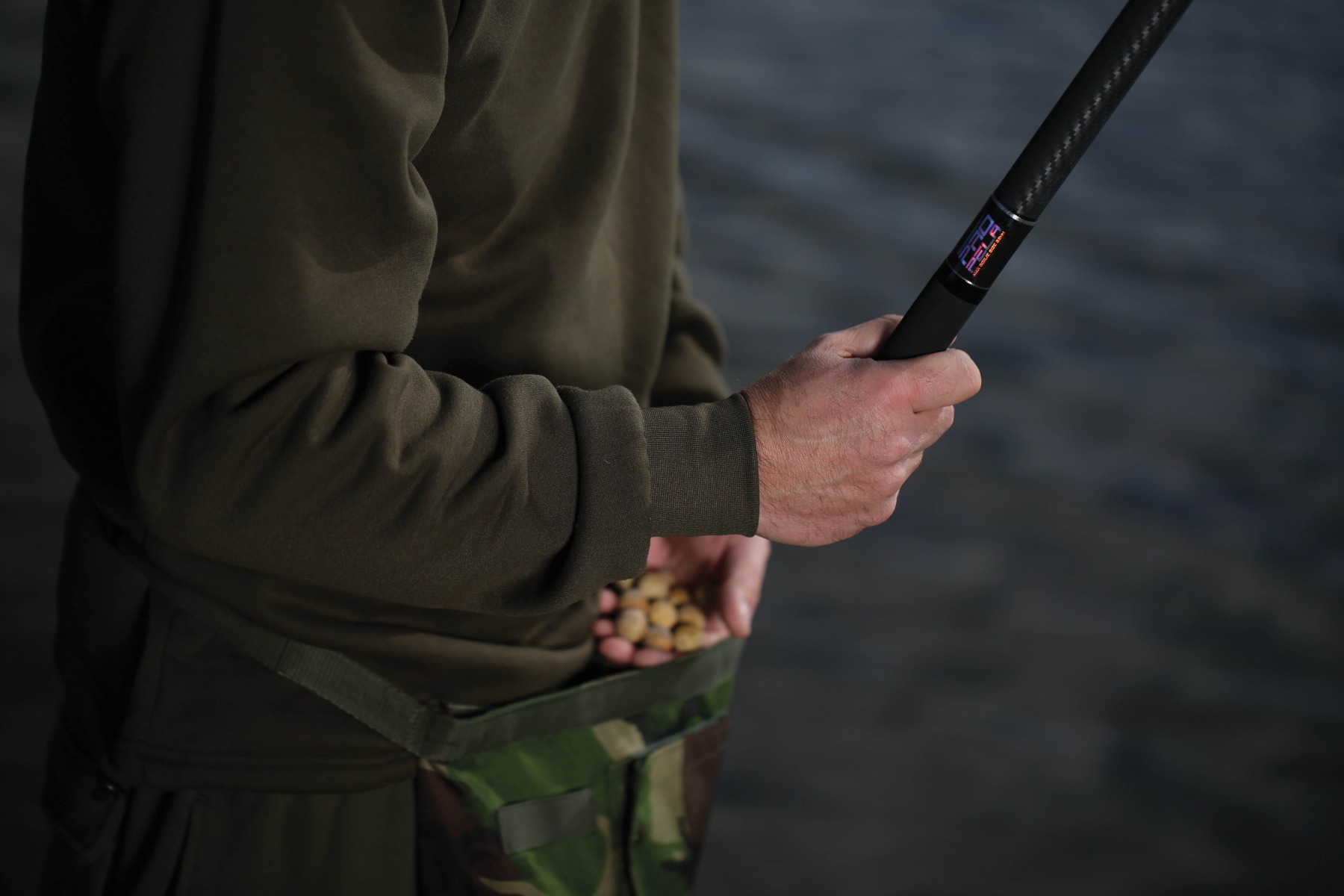
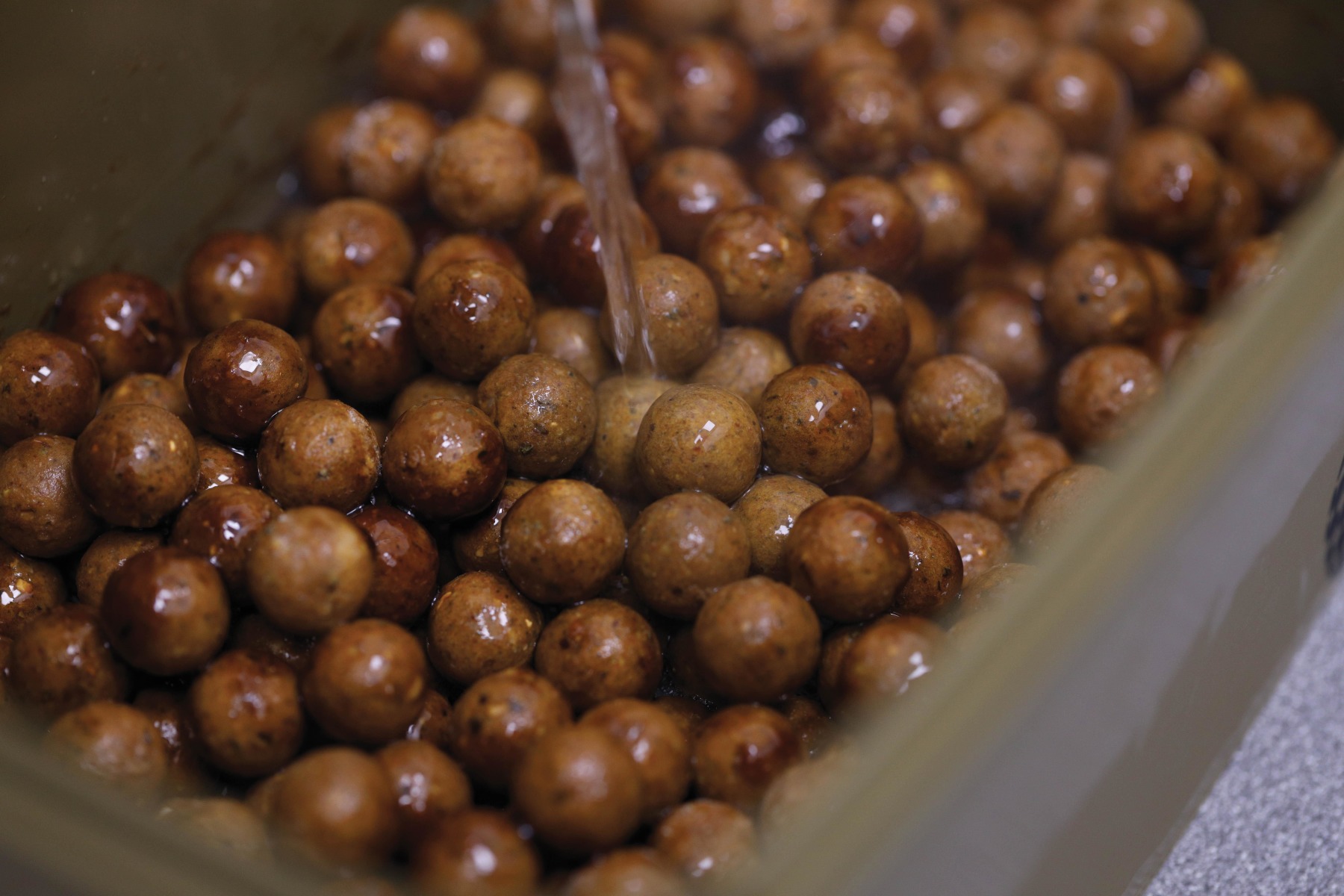
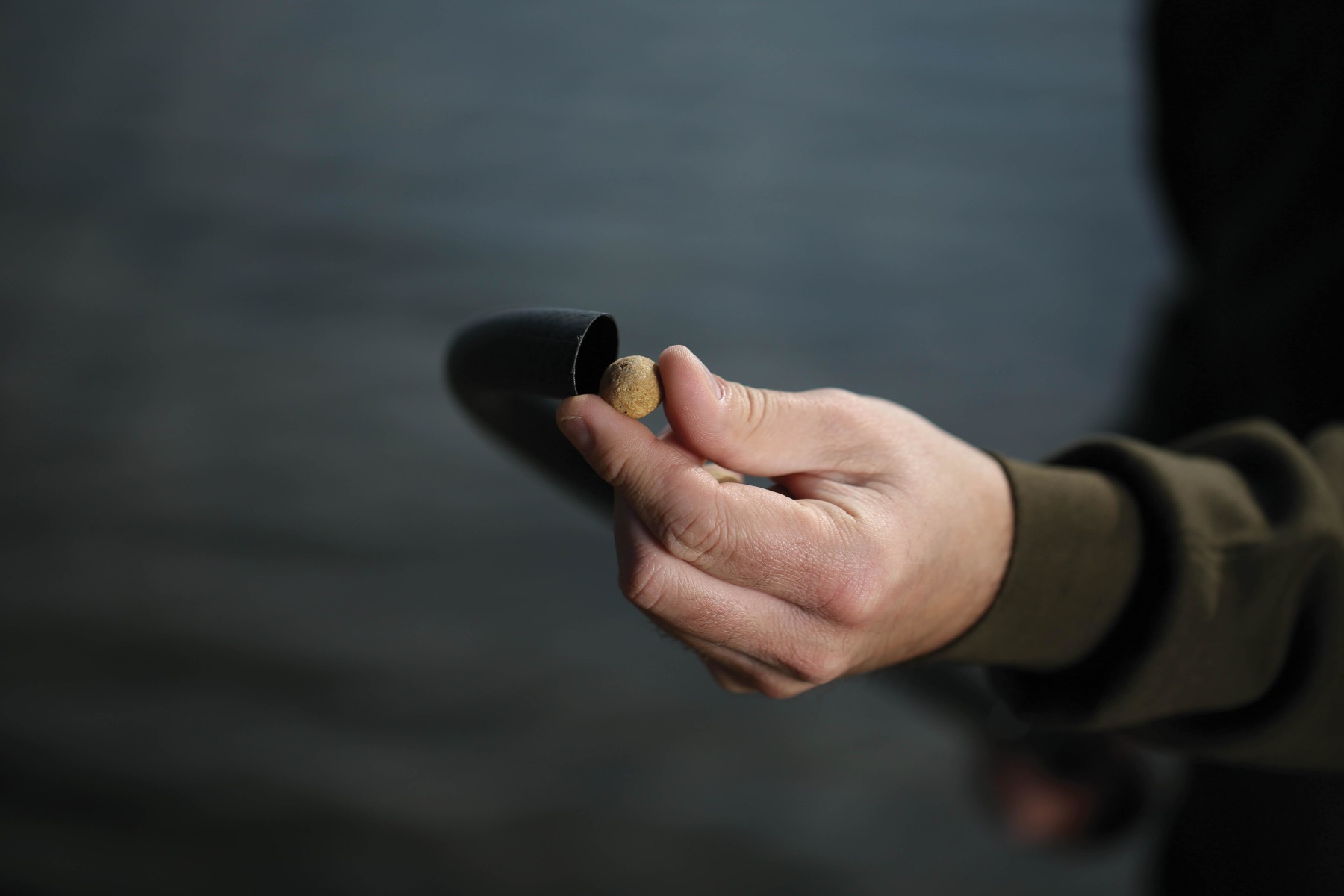
15. Sticking multiples
Using several baits in a throwing stick can decrease the workload. Up to six boilies will fly accurately enough and will naturally produce a good spread. If you use maximum power, you can regulate the range by using more baits, making it easier to hit the same distance consistently.
16. One at a time
If you’re trying to create the sort of spread you’d achieve with a throwing stick, but gulls, range or squally crosswinds are making that impossible, you can achieve a similar result with an old-fashioned solid-sided, Pocket Rocket-style spod. By using just one bait at a time and filling it with water for ballast, you can achieve the one-bait-here, one-bait-there scattering that boilie anglers find so effective. Granted, you wouldn’t want to introduce a kilo in this fashion, but for 30 or so baits, it isn’t too much work.
17. Best of both worlds
By Spombing bait, you will create a concentrated pattern, whilst a stick or a catapult will produce a more loosely baited area. Casting your Spomb or spod out and then using it as a site to bait to will give you the best of both worlds.
18. Tools for the job
This is particularly relevant for those who fish smaller waters where the catapult is the chief amongst baiting up equipment. No one catapult will do it all. The stiff elastic and big pouch required to introduce numbers of boilies are next to useless for close-range accuracy. A match-style catapult with a small pouch and soft elastic is the perfect tool for placing two or three at a time accurately, to margin pads or snags, and for dropping single boilies into holes in the weed further away. They are also what you need for your surface baits.
19. Baiting poles
Baiting poles are a popular tool. They allow rigs and bait to be dropped with minimal disturbance and maximum accuracy. Used without the rig, however, you can turn them gently and let them drift over the spot to create a spread of bait for larger spots. Liquidised boilie, tigers, hemp, corn, etc. are little used, but they can form an effective introduction at those times when maximum attraction is required with minimal food content, and can be just what’s needed to get a large, lethargic carp feeding.
20. When?
The timing of your bait application is very important, and there are a multitude of influences that determine when it’s best to go about it. Each specific situation will have its own requirements, so the key thing is to think about it. The disturbance of baiting heavily during bite time might encourage your quarry to move in front of the angler next door. However, bait too far ahead of a feeding spell, and nuisance species might have decimated the area by the time the carp arrive. Is there a change in conditions forecast, and should you get your bait in while it’s quiet rather than attempting it once a big wind arrives?
Dusk is probably the most popular time to bait, but gulls are often well aware of this, so it might pay to wait until dark when the birds have gone to roost. Early morning is prime time on most venues, and there can be distinct advantages to baiting during the night. A phenomenon known as diurnal variations means that, for the most part, the wind is less vigorous and more consistent in darkness than it is during daylight. This makes baiting much easier. You’ll also have the advantage of avoiding the prying eyes of others who seek to emulate what you’re doing.
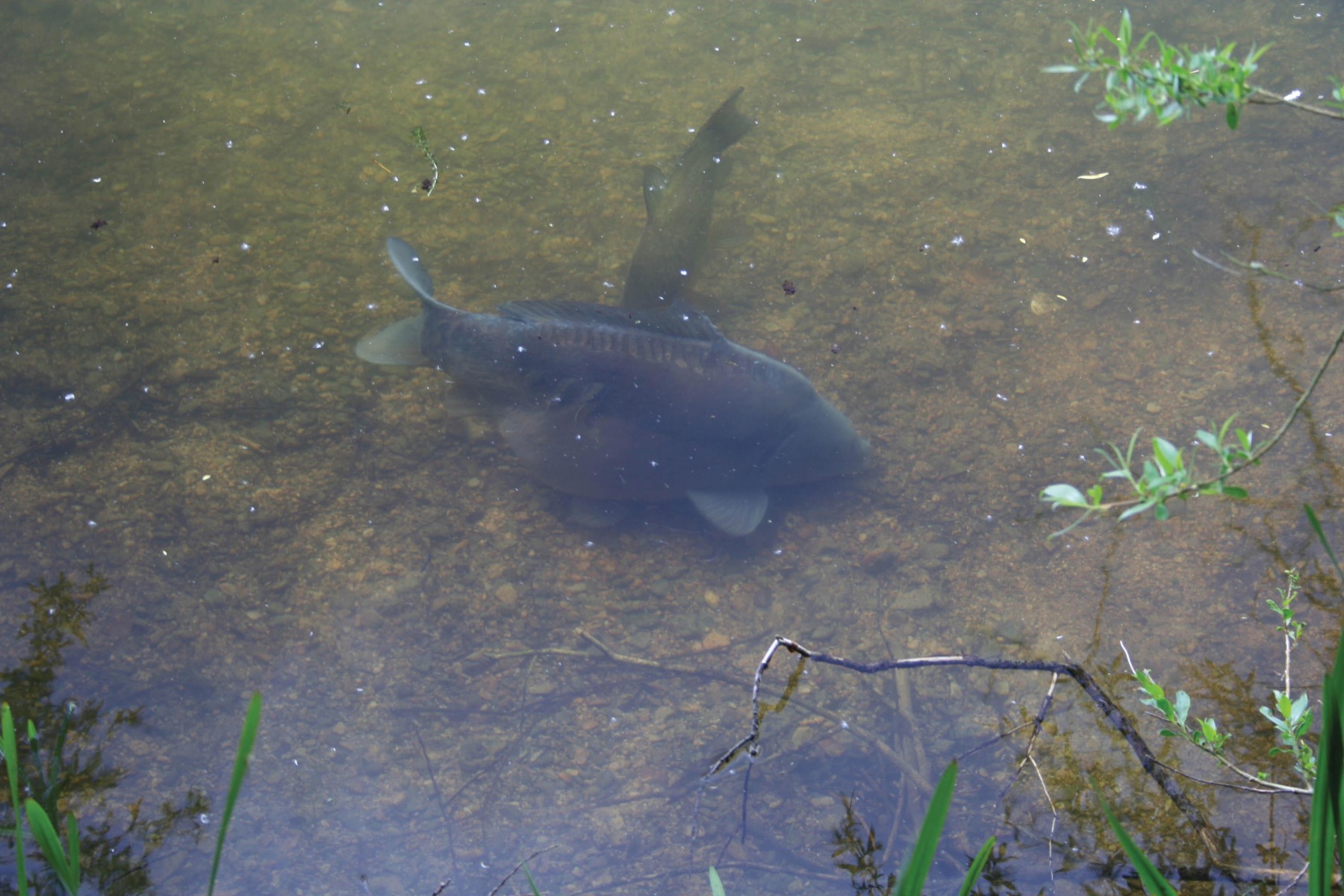
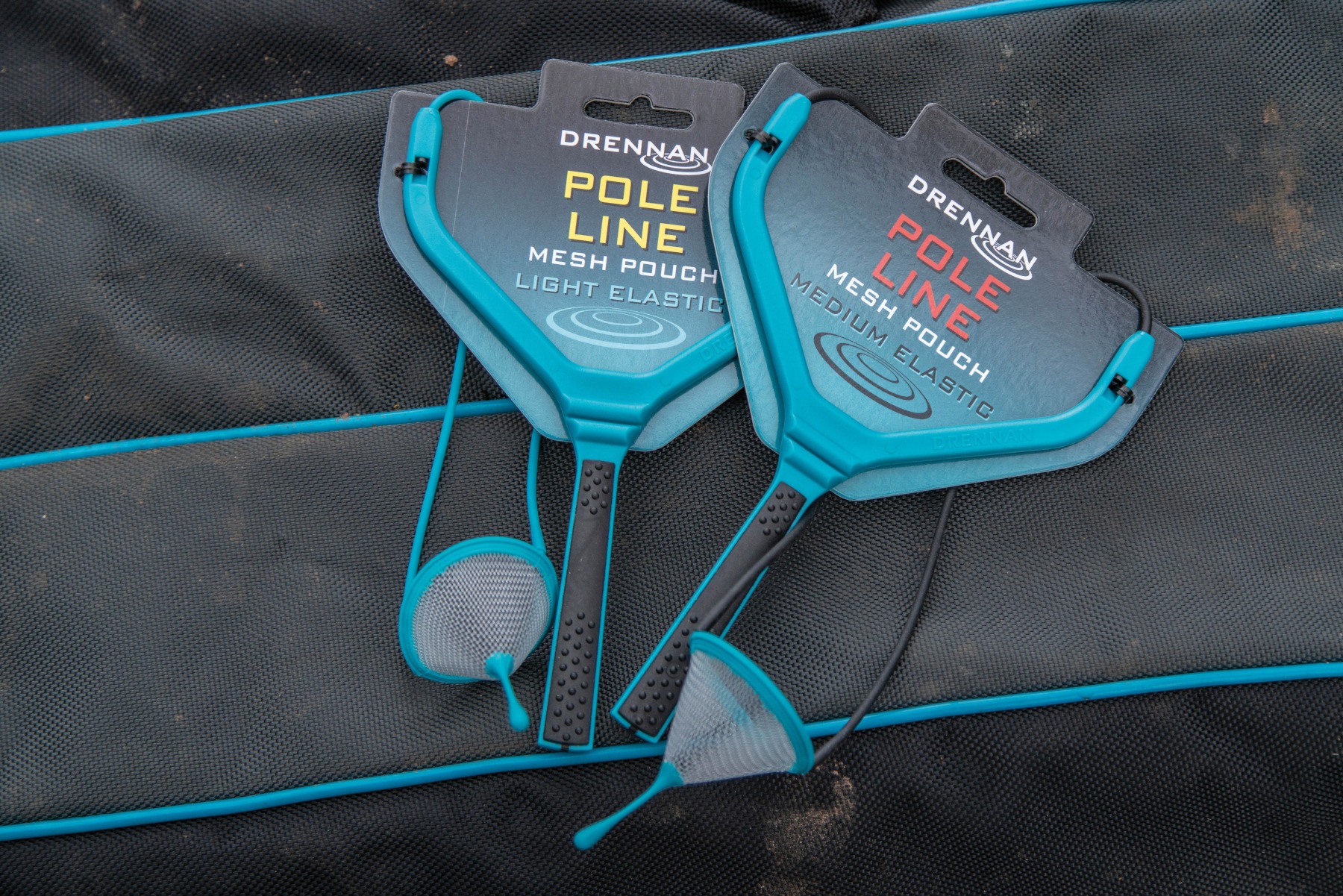
21. Topping up
It can be an automatic reaction to top up after a bite, but it shouldn’t be. Would the spot be best left undisturbed for a bit? Was it a quick bite? Was your hookbait the last offering, or was it taken before the freebies? Do you need to use as much as before, or just a handful to make sure that some free bait remains? Try to envisage what is going on below the surface to give you an idea of how to proceed.
22. Bags
There is no doubting the effectiveness of solid PVA bags, but how about baiting specifically for the tactic. By making up a few bags without rigs and catapulting them around the area, you can introduce free bait in a similar way.
23. No application
Don’t forget to consider introducing no free bait as an application of choice. Singles are a very successful tactic, and during the spring in particular, the introduction of any freebies can work against you.
24. Pre-baiting for singles
For those who like using singles, it is possible to pre-bait and condition fish to accept them. At the end of or between sessions, introducing freebies throughout the swim means that carp will become accustomed to finding and eating lone baits. Spread your boilies as far and wide as the confines of the swim allow, ensuring that none land within a few feet of another. Then you’ll have fish expecting to find a bait or two whenever they visit the area.
25. Little and often
Baiting little and often, as a match angler would, is a superb, yet underused tactic. We’re happy to do it when surface fishing, but are reticent when angling on the bottom. Firing out half a dozen baits every ten or fifteen minutes might be a more active way of angling than usual, but it’s a good way of avoiding the unwanted attention of birdlife. You’re unlikely to get cleaned out, and with fewer freebies present, there will be constant competition for food, whilst the chances of your hookbait being picked remain high.
Conclusion
As with most aspects of carp angling, with bait application, a little bit of thought goes a long way. Think about the situation, how best to approach it, and choose your bait, as well as its application, accordingly, to give yourself the best possible chance of success.
